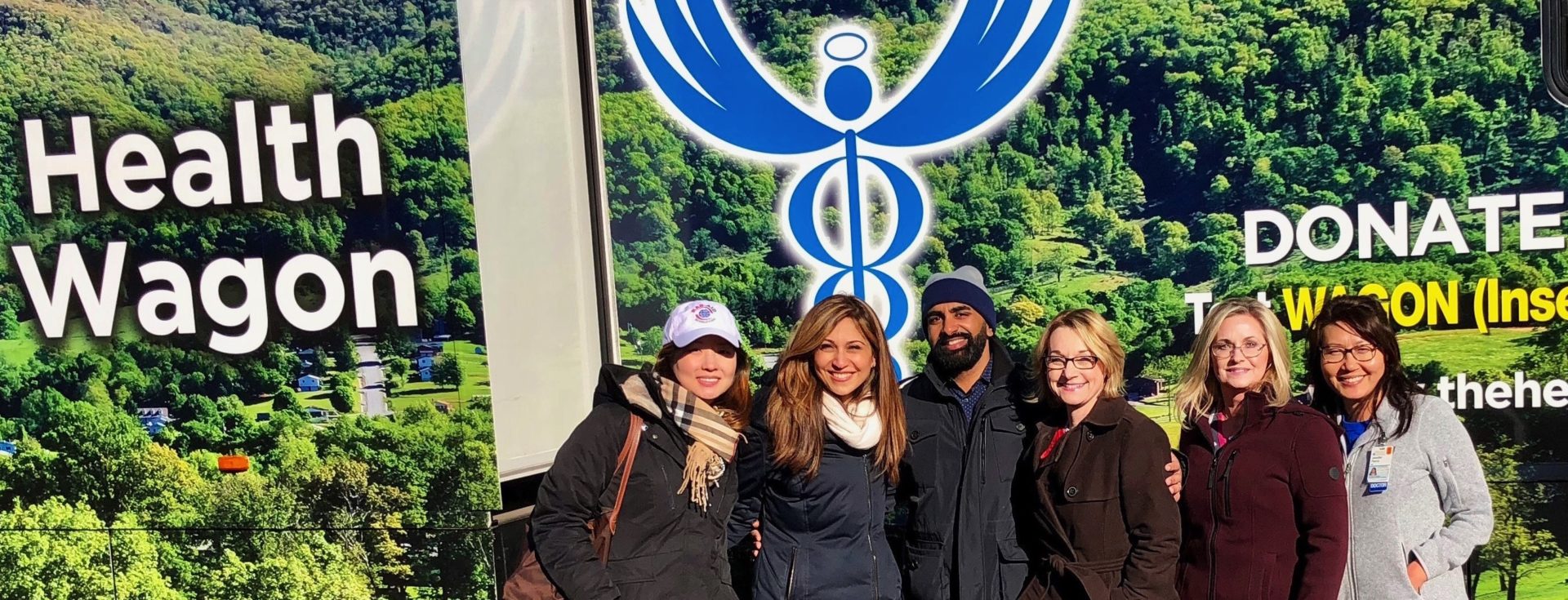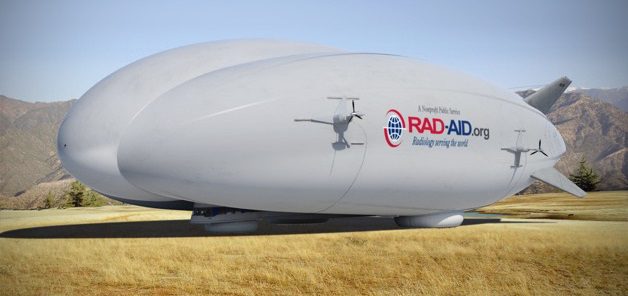To reach underserved populations, radiology often needs to be mobile, whether by truck, ship, or air. RAD-AID has developed and deployed mobile strategies since 2010, and you can be a part of our mobile vision.
In Northern India. RAD-AID partnered with PGIMER of Chandigarh to launch Asha Jyoti mobile women’s health program, which has brought vital cancer and osteoporosis screening to over 20,000 women. Pictured: RAD-AID India Program, Asha Jyoti

In rural Virginia, RAD-AID works with The Health Wagon, to deliver mobile outreach to rural Appalachian populations needing access to medical imaging, with our ongoing ultrasound support of free health fairs in camps managed by Remote Access Medical (RAM). Pictured: RAD-AID Appalachia volunteers

In Washington DC and the Mid-Atlantic USA, RAD-AID partnered with Breast Care for Washington to deliver mobile 3D Tomosynthesis (mammography) breast cancer screening to underserved urban populations.

RAD-AID and BCW announce mobile health partnership
To innovate new approaches to mobile outreach, RAD-AID and Straightline Aviation (SLA) teamed up to develop the first medical hybrid airship in the world (press release), built by Lockheed Martin, to bring mobile healthcare and humanitarian aid to underserved populations in hardest-to-reach regions. The hybrid airship is designed to land on sand, snow, or water, while transporting heavy equipment over 1500 miles for novel humanitarian aid strategies.
The World Bank reports that over 900 million people lack transportation infrastructure which contributes to poor health outcomes. The RAD-AID Straightline Medical Airship Program aims to deliver advanced radiology health services, diagnostic medical imaging equipment, medical assistance in disaster-relief efforts, and poverty remediation to populations that are medically underserved, remote, or limited by poor access to conventional transportation infrastructure. (Read the personal story of SLA CEO’s battle with cancer as an inspiration for the RAD-AID SLA partnership.)
 As part of the RAD-AID mobile program, it is important to know where the medically underserved populations are, what resources they have, and how best to plan your mobile delivery service. For these regions, we instituted the RAD-AID Geographic Information Systems (GIS) research program. We use advanced population data sets, topographical maps, and public health resources to plan our mobile programs. Examples include GIS mapping in South Africa and Northern Canada where populations are medically underserved and live in remote terrain.
As part of the RAD-AID mobile program, it is important to know where the medically underserved populations are, what resources they have, and how best to plan your mobile delivery service. For these regions, we instituted the RAD-AID Geographic Information Systems (GIS) research program. We use advanced population data sets, topographical maps, and public health resources to plan our mobile programs. Examples include GIS mapping in South Africa and Northern Canada where populations are medically underserved and live in remote terrain.
To learn more about RAD-AID Mobile, we encourage you to read the chapter, “Mobile Strategies for Global Health Radiology” in our textbook, “Radiology in Global Health,” where we discuss the opportunities and challenges of transporting, delivering, and managing mobile medical imaging services. We hope you will volunteer or be a donor to support the RAD-AID Mobile Program.
Sign Up Now for Email Updates: